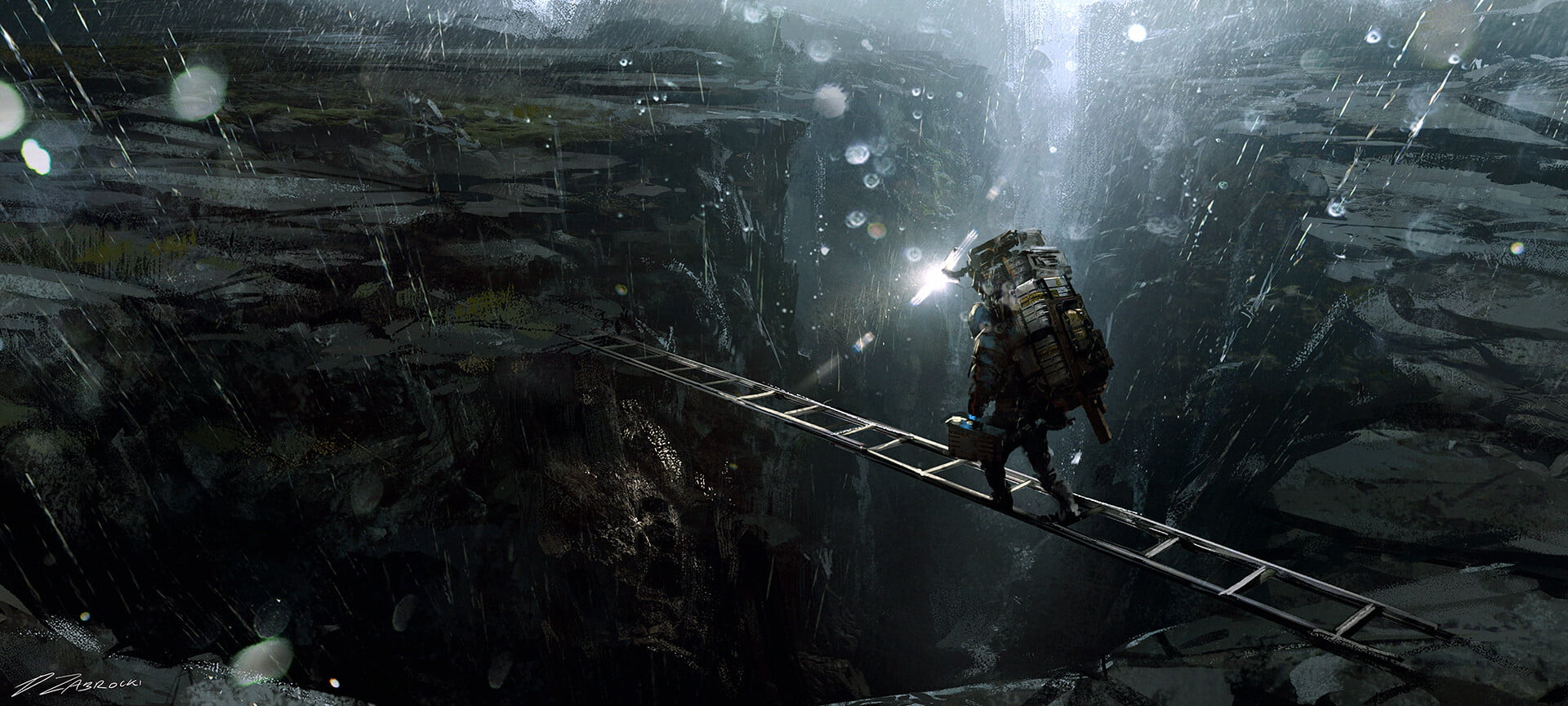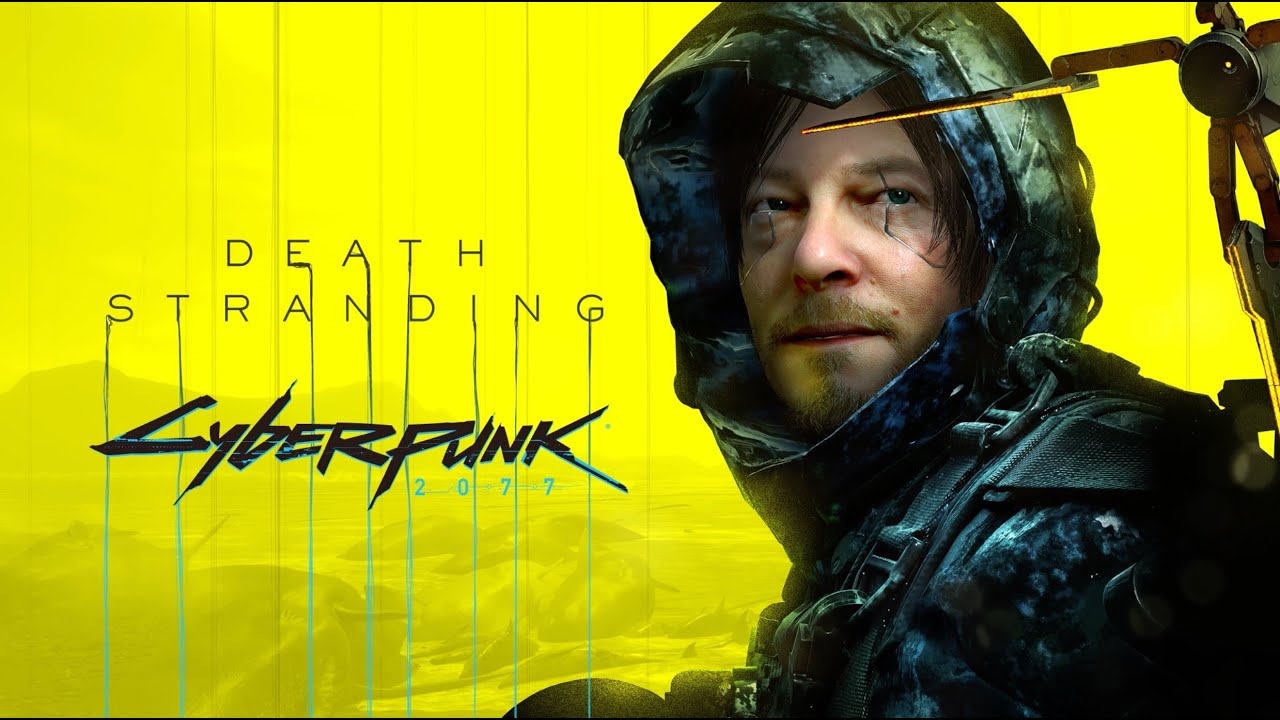
The chordae tendineae are unique fibrous cords that are linked to the flaps of the bicuspid and tricuspid valves at one end and to the ventricular wall at the other end, with specific muscles termed papillary muscles. However, each atrioventricular septum has an opening through which the two chambers on the same side are joined. The atrioventricular septum is a strong fibrous structure that divides the atrium and ventricle of the same side. The interatrial septum is a thin, muscular wall that separates the right and left atria, whereas the interventricular septum is a thick-walled wall that separates the right and left ventricles. The ventricle walls are significantly thicker than those of the atria. Our heart's primary function is to keep oxygenated blood circulating throughout our body.Īs it can be seen in the structure of the heart diagram, our heart is composed of four chambers: two small upper chambers called atria and two bigger bottom chambers called ventricles. Blood flows from the lungs to the left atrium, then to the left ventricle. Blood flows from the right atrium to the right ventricle, then to the lungs to be oxygenated. The heart functions as two pumps, one on each side, which work in tandem. It is our circulatory system's primary organ.

The heart is a small organ that circulates blood throughout our body.

That is why it is critical to take care of the heart by living a heart-healthy lifestyle. In the United States, heart disease is the leading cause of death. Every cell in the human body, except the cornea, receives blood from the heart. In humans, the heart is about the size of a closed fist and is located in the middle compartment of the chest, between the lung s.Įvery day, our heart does amazing things. Pumped blood transports oxygen and nutrients to the body while transporting metabolic waste like carbon dioxide to the lungs. This organ circul ates blood through the circulatory system's blood vessels.


 0 kommentar(er)
0 kommentar(er)
